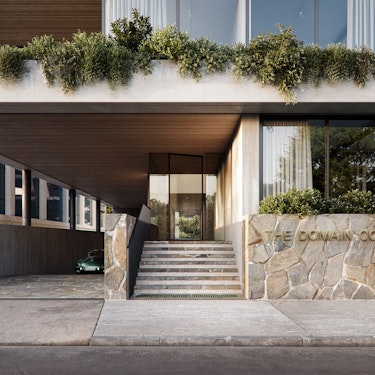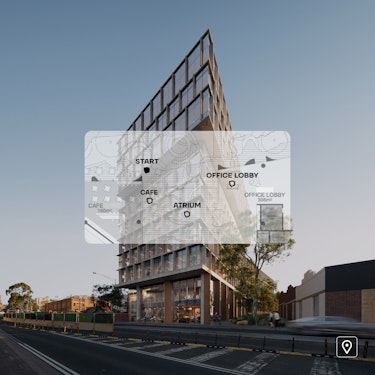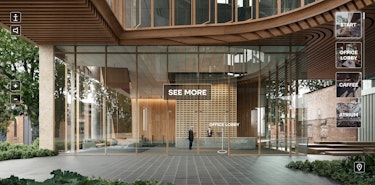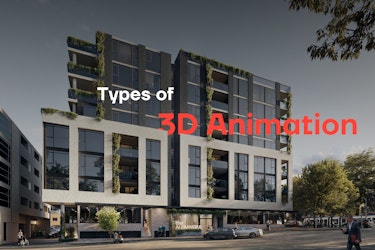What are the different types of 3D animation out there? And what are the various 3D animation methods out there? By creating environments in 3D animation, animators can transport viewers to previously unexplored locales that are impossible to film. The distinction between what is real and what is imagined is increasingly muddled thanks to this animation technique's constant improvement and ground-breaking innovations. In contrast to conventional 2D animation, 3D animation increases the subjects' height, width, and depth to produce lifelike details and realistic textures.
Many of the most well-known movies we grew up with, including Up, Toy Story, How to Train Your Dragon, and The Lego Movie, were made with 3D animation, especially those produced by Disney and DreamWorks. Beyond movies, 3D animation innovation is being used in marketing, games, and architecture. It can be utilized for branding and commercial purposes as well as special effects.
Knowing the fundamentals of 3d animation is essential for prospective animators because it helps one choose their preferred style. Let's look at the many 3d animation tools, processes, and services that could expedite your animation workflow and enhance your job in this guide.

1. 3D Movies and Videos
3D video and film, also referred to as digital 3D or CGI (computer-generated imagery), allows for the creation of realism in animated 3D environments, subjects, and special effects. The creation of movies frequently employs this method.
Three-dimensional graphics that move inside a digital setting are included in 3D video and film motion graphics are used to guide the subjects through the 3D environment. Maya, unity, sketchup pro, mudbox, houdini, and slight wave are some of the most popular CGI software applications.
This 3D animation genre is developed only for the visually experience and the audience does not interact with the topics or objects within the digital environment. The most well-liked and frequently utilized media in the entertainment sector is 3D animation video and film.
2. Interactive 3D
A computer application is used to create an entirely digital setting for this kind of 3D animation. As the name suggests, there is interaction between the subjects or objects in the 3D environment and the viewers. As a result, users may navigate the 3D environment on a computer screen by using the mouse and keyboard to direct their movements. Games frequently use this kind of animation.

3. Virtual reality 3D
In these complete environments are generated for viewers to explore, this sort of 3D animation is comparable to interactive 3D. The immersive experience offered by the 3D landscape is intended to be produced through 3D computer software. Viewers must utilise VR headsets like the oculus or google glass to interact with and explore the 3D environment.
The digital environment and the subjects/objects within the 3D space must appear and feel authentic since virtual reality 3D offers immersive entertainment. As a result, creating 3D virtual reality is the most difficult and time-consuming task.

The types of 3D Animation used by architects and real-estate developers are:
1. Commercial or residential photorealistic 3D animation
Both commercial buildings and residential homes can be shown in 3D movies. The content of a 3D movie will vary depending on the sort of project being showcased. The problem is that 3D animation accents depend on the needs that the building will serve.
When a 3D video shows a commercial complex, such a mall, office building, or hotel, special emphasis is given to the setting's amenities and infrastructure. For instance, a 3D animation of an office could emphasize the fact that it has a gym, a canteen, a huge conference room, and private parking. A 3D film can also demonstrate how roomy and bright the office is. Animations of residential properties tend to emphasize the comfort and attractiveness of the room. For these projects, 3d artists add unique features such as furniture, decorations, food, and beverages to the photorealistic video. A woolen blanket on the couch, red apples on the dinner plate in the kitchen, or burning candles all serve as artistic accents that enhance the mood of a home.
2. Exterior, interior, or mixed footage
Depending on the components of the design that are animated, there are three different forms of 3D animation: interior, exterior, and mixed. Each of these highlights’ unique facets of the project, necessitating a separate set of data for the brief. Exterior animation services imply presenting both the building's appearance and its surroundings. Therefore, a description of the landscapes surrounding the intended object, the time of day and year, and the weather would all be included in the brief for such 3D animation.
The house's rooms and the corridors leading between them are depicted in great detail in the interior design animation. In this approach, it is possible to emphasize the advantages of both space planning and design. The layout of the flat as well as a description of the materials, furnishings, and decor items are therefore included in the brief for this type of 3d architectural tour.
The building is presented both inside and out in a mixed photorealistic animation. The interior and exterior design can each receive equal attention, or one component can take center stage.
3. Standard or Expanded Animated Movie
Standard photorealistic animations are an effective presentation tool since they highlight the project's main aspects. However, the extended 3D movies are even more educational and help viewers better appreciate architectural design. To make them, 3D animation artists use specialized software to add clever elements and visual effects to the video. These components can include HIW, a depiction of various weather conditions and times of day, as well as extra nearby structures and people. Here is a closer examination of each of these choices.
Depending on the intended use of the building, the intended audience, the portion of the project exhibited, the complexity, and the quantity of renders employed, there are various categories of 3D animation rendering. A film can be commercial or residential, depending on the use of the property and the area of the lodging it depicts (exterior, interior, or mixed). It can have a few renders and be a brief but comprehensive slideshow, or it can have a few tens of photos every second and appear to be a movie. Expanding CG demonstrations allows for the display of additional buildings, people, the passing of time, the changing of the seasons, and even the operation of common household appliances Additionally, the content of 3D animation varies depending on who will view it: officials from the construction department, specific clients of the architect, or individuals looking for a new flat.
Want to showcase your project with top-notch animation? Contact our 3D rendering firm, and we'll create any form of 3D animation to dazzle your clients and effectively convey your thoughts!
